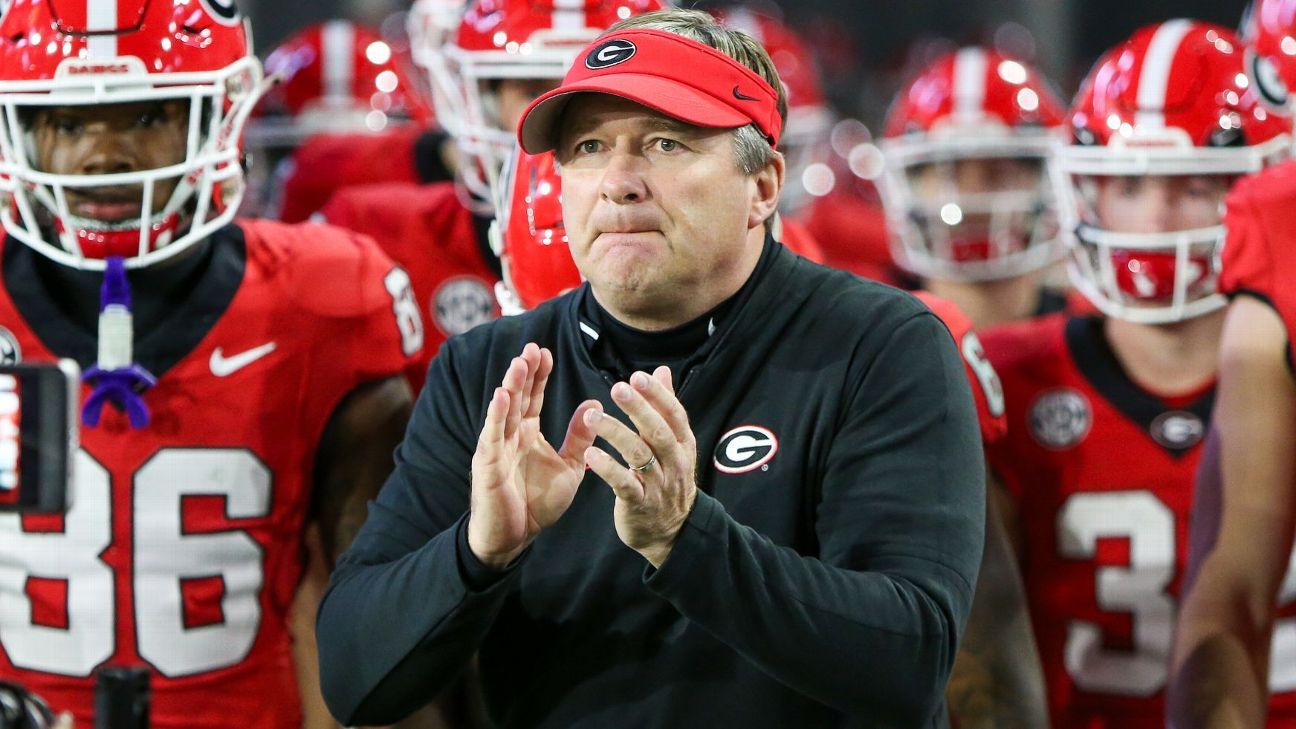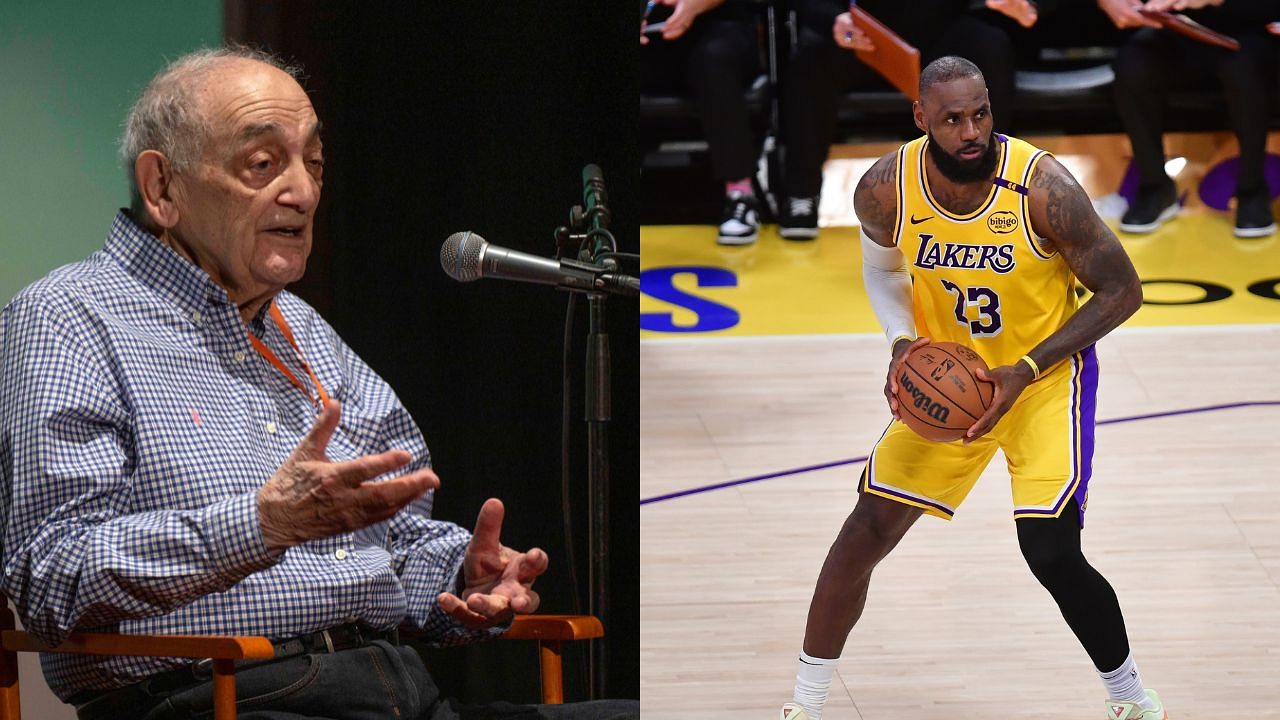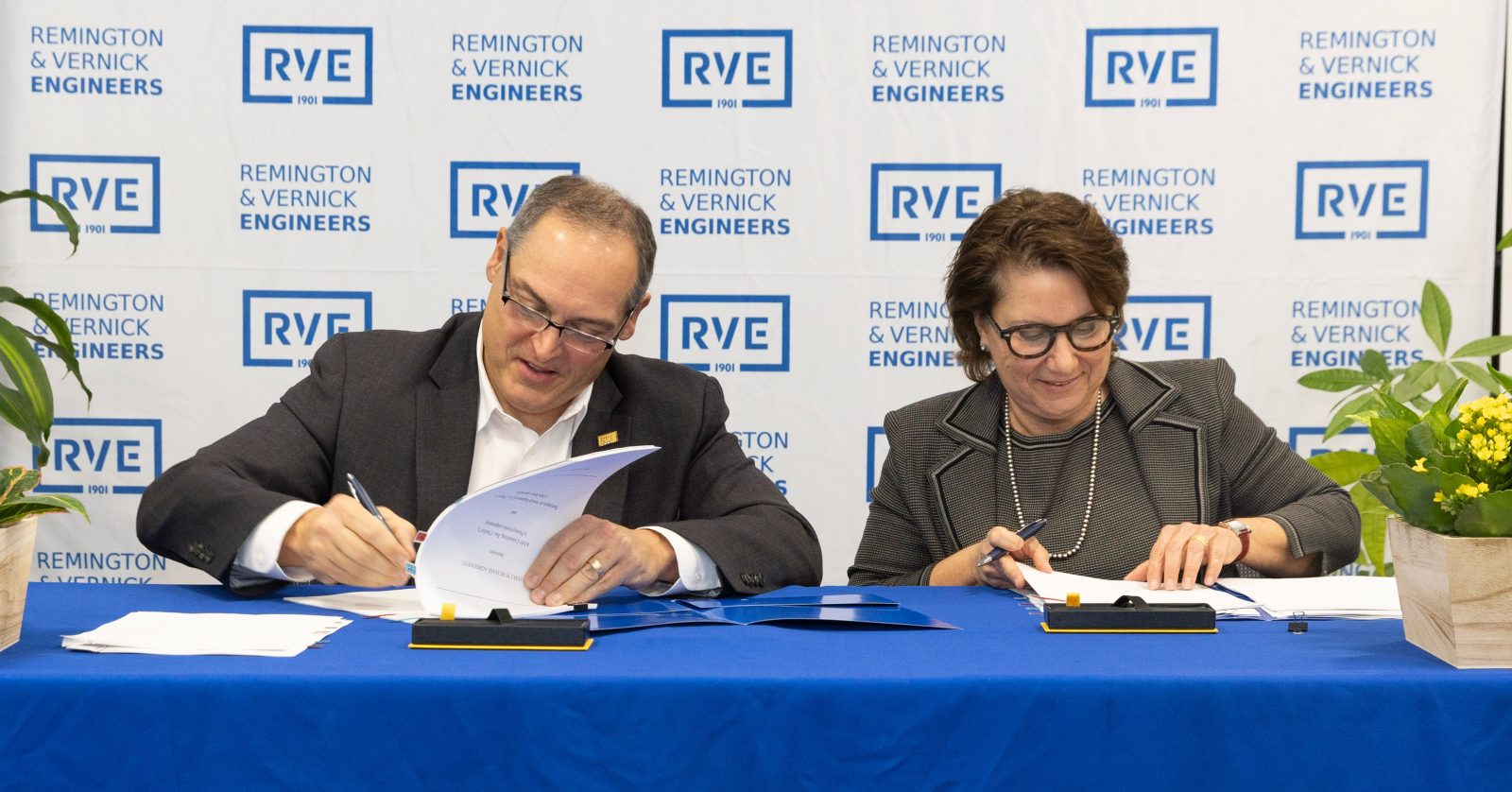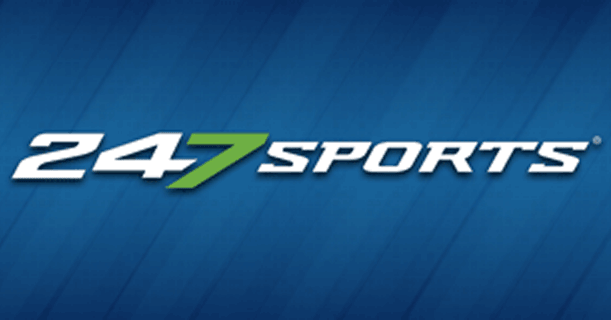NIL
Ex-California high school football player suing to overturn state’s NIL rules
Every paradigm-shifting change to college athletics in the past decade-plus has started in California. The landmark O’Bannon v NCAA lawsuit, filed in 2009 by former UCLA basketball player Ed O’Bannon, was heard in the summer of 2014 by the US District Court in Northern California. The first state law allowing college athletes to profit off their […]

Every paradigm-shifting change to college athletics in the past decade-plus has started in California.
The landmark O’Bannon v NCAA lawsuit, filed in 2009 by former UCLA basketball player Ed O’Bannon, was heard in the summer of 2014 by the US District Court in Northern California. The first state law allowing college athletes to profit off their name, image and likeness was signed in 2019 by California governor Gavin Newsom. The ongoing House v NCAA lawsuit, whose settlement is expected any day now and will allow schools to share revenue directly with athletes, is being ruled upon by the same judge and the same court as O’Bannon.
Now, a new lawsuit, filed in California, is attempting to do for high school sports what the above lawsuits and bills did for college athletics.
As reported by Front Office Sports, former California high school athlete Dominik Calhoun has filed a class-action lawsuit against the California Interscholastic Federation, arguing the organization’s rules around NIL are a violation of antitrust law.
Crucially, California is one of the states that already allows its high school athletes to participate in the NIL market. In 2022, Bronny James and JuJu Watkins — classmates at Sierra Canyon High School at the time — signed publicity deals with Nike. However, CIF rules forbid high schools from sharing revenue directly with athletes (as will happen in the NCAA soon, brought forth by House) and also prevents booster clubs from forming collectives to recruit and retain athletes, as happens currently in college athletics.
“Collectively, these rules and regulations forbid CIF member schools or CIF Sections from sharing the revenue they receive by licensing their student-athletes’ NIL with those very student-athletes, artificially fixing the price student-athletes are compensated for their NIL at zero,” the complaint read.
Calhoun played football and ran track at Pittsburg High School, near Oakland. A 3-star recruit, he is now preparing to begin his freshman season as a defensive back at Boise State.
But, Calhoun’s complaint argues, CIF rules illegally barred him from participating in the economic value that his efforts generated for Pittsburg High School and the CIF.
“This case challenges rules that unfairly prevent high school athletes in California from being compensated for their hard work and the use of their name, image, and likeness—even as others profit from them,” Yaman Salahi, co-lead attorney representing Calhoun, told FOS. “It’s the logical next step after the reforms inaugurated by successful antitrust litigation on the collegiate level. Corporations see a lot of untapped economic value in high school athletics, and we want to ensure that value is shared equitably with the athletes that create it.”
Of course, suing to change rules in college athletics was worthwhile because there was a verifiable pot of gold on the other end of the rainbow. College athletics is a multi-billion dollar business. High school athletics is…well, I personally don’t know what it is. Most every high school program fundraises because the budget provided by the school would not make ends meet. The vast, vast majority of high school athletes have zero market for their services, either on the open NIL market or via collectives. The vast majority of principals would probably tell you over a frosty beverage they’d sooner stop sponsoring athletics than cut checks to their athletes as pseudo-employees.
And yet, many of the same statements could have been said about college athletics in recent years, and within a month’s time dozens of schools who do not turn a profit on paper will cut checks to athletes whom the vast majority of their own fans could not identify out of uniform.
So, I do not know where Calhoun’s lawsuit will go, if it goes anywhere at all. But I do know that if, five years from now, the national economic landscape of high school athletics is irrevocably changed, history tells us that change will have started in California.
NIL
How a Certain Longhorns’ Recruiting Strategy Further Proves ‘Texas is Back’
What is the biggest sign that the Texas Longhorns are once again one of the premier programs in college football? Beyond the two season 12+ win seasons, and back-to-back appearances in the College Football Playoff semifinal, it is their approach to handling NIL on the recruiting trail. As recently detailed in a report from OrangeBloods’ […]

What is the biggest sign that the Texas Longhorns are once again one of the premier programs in college football? Beyond the two season 12+ win seasons, and back-to-back appearances in the College Football Playoff semifinal, it is their approach to handling NIL on the recruiting trail.
As recently detailed in a report from OrangeBloods’ Anwar Richardson, the 2026 recruiting cycle has seen head coach Steve Sarkisian and his coaching staff approach recruiting differently.
“Texas wants to have enough money to retain key players after this season, and overspending on unproven high school players is not an option,” Richardson writes, as shared on Twitter.
Even with the recent changes in college athletics, specifically in regards to NIL. Money is still an object in these recruitments, and it will be that way for the foreseeable future. That is, even though the House v. NCAA settlement ushered in a new era of college athletics, with the implementation of revenue sharing.
While the Longhorns do undoubtedly have just as many, if not more, resources than anybody in college football, when it comes to NIL, that doesn’t mean they are willing to shell out money carelessly. “Buying” as many top recruits as they can in the hope it nets a national championship.
Instead, the Longhorns are taking a more measured approach. It is one that the “powerhouse” programs like Alabama, Georgia, and even Ohio State have been doing in the years since NIL has been implemented, and essentially enabled a “pay for play” scheme.
With this strategy, the Longhorns will not shell out millions of dollars for a player unless they truly believe that player meets it in terms of their own valuation. It is the financial responsibility that will potentially allow the Longhorns to keep their national championship window open as long as possible.
Because even without an individual five-star in the classes ahead, they already boast one of the most talented rosters in college football. It is a roster that has seen them come within a few plays of playing for a national title.
And while the importance of strong high school recruiting hasn’t faded. Texas will continue to rely heavily on its ability to sign as talented a high school class as possible; they are more willing to pay for players who are proven products in the college game. Like those already on their roster, or those who are experiencing success elsewhere in college football that may enter the transfer portal.
NIL
Wisconsin basketball knows its first opponent—Here’s who’s up first
The Wisconsin Badgers basketball season is slowly taking shape. The Badgers haven’t shied away from tough competition by adding BYU, Villanova, and a fun invitational that features Providence, TCU, and the national champions, the Florida Gators. Now we finally know who the first game and opponent will be, according to basketball insider Rocco Miller. The […]

The Wisconsin Badgers basketball season is slowly taking shape. The Badgers haven’t shied away from tough competition by adding BYU, Villanova, and a fun invitational that features Providence, TCU, and the national champions, the Florida Gators. Now we finally know who the first game and opponent will be, according to basketball insider Rocco Miller.
The Wisconsin Badgers will square off against the Campbell Fighting Camels on November 3rd at the Kohl Center.
NEWS: Wisconsin and Campbell will meet in the 2025-26 College Basketball season opener on Monday, November 3rd at the Kohl Center, per multiple sources.
This will mark the Fighting Camels’ head coaching debut for John Andrzejek. #B1G #CAAHoops
— Rocco Miller (@RoccoMiller8) July 11, 2025
The Wisconsin Badgers vs. the Campbell Fighting Camels will kick off the 2025-2026 season
It was good for Greg Gard and Chris McIntosh to add in a ton of talented non-conference opponents to help the tournament chances and get the Badgers ready for Big Ten play. However, starting with a winnable game is important for a team that is over half rebuilt and has a 3/5ths of a new starting lineup.
The Badgers and the Fighting Camels have never played a game against each other, and this will mark the very first meeting of the two programs. The Fighting Camels had a very forgettable season last year, going 15-17 and ultimately replacing their head coach. The game against Wisconsin will also be the debut of new head coach John Andrzejek for Campbell.
The Badgers are hosting, providing an excellent chance for fans to see the rebuilt team in action, along with some fan favorites like John Blackwell, Jack Janicki, and Nolan Winter. This next season holds promise as the Badgers found a way into the round of 32 but lost in a disappointing game against BYU. There is renewed hope for next season.
The start of the season will be a good way to secure a win, and yet learn how this team works together and what roles each player will play on the team.
The official announcement hasn’t taken place, and so more details will follow, like game time and ticket information.
NIL
Klassey on KMJ at 10:00 AM : NIL and Stadium Expansion
JoeFan13 said… (original post) Please everyone just stop with the “new stadium” talk, it ain’t gonna happen. VC needs major upgrade, yes, this is feasible and should result in a… show more The reason why a new stadium is being brought up, is that the cost will most likely be about $350 million. But that […]

JoeFan13 said… (original post) Please everyone just stop with the “new stadium” talk, it ain’t gonna happen. VC needs major upgrade, yes, this is feasible and should result in a…
The reason why a new stadium is being brought up, is that the cost will most likely be about $350 million. But that a full renovation alone might cost $200-250 million plus.
A new stadium could be designed to allow better accommodations for outside events like concerts, tractor pulls, etc. Also building spaces and amenities to attract more premium customers, to get more revenue per person in those areas. The new stadium most likely will also include an attached football facility.
A renovation of the stadium will be cheaper, but at what cost. They may not find it feasible to put that much money into a facility that will then only be used 6 times per year. AD Klassy stated shade is a big issue that people have brought up. How can that be addressed at VCS? The overhangs in past renderings and plans, would barely cover a few rows and simply be a waste of money. The tunnels were thought and then eliminated in the “Elevate” plan. So people would still complain about walking up and heading down the stairs.
The thing is, Bulldog Stadium has tradition and memories for most fans of Fresno State, but it still was built in the late 70’s. Not like is was built in the 20-30’s.
Basically need to work on the best ROI, be it a reno or new. Work the numbers and see what looks better, not only a few years down the line, but 30-50 years down the road.
NIL
Five-star TE Kaiden Prothro commits to Georgia over Florida, Texas
Eli LedermanJul 12, 2025, 04:59 PM ET Close Eli Lederman covers college football and recruiting for ESPN.com. He joined ESPN in 2024 after covering the University of Oklahoma for Sellout Crowd and the Tulsa World. Georgia beat Florida and Texas to its second five-star pledge in the 2026 class on Saturday with a commitment from […]

Georgia beat Florida and Texas to its second five-star pledge in the 2026 class on Saturday with a commitment from tight end Kaiden Prothro, the No. 19 overall prospect in the 2026 ESPN 300.
Prothro, a 6-foot-7, 210-pound recruit from Bowdon, Georgia, is ESPN’s No. 2 overall tight end and viewed as one of the top pass catchers at any position in the current class. A priority in-state target for coach Kirby Smart, Prothro took official visits to Auburn, Alabama, Georgia, Florida and Texas before narrowing his recruitment to the Bulldogs, Gators and Longhorns last month.
He announced his commitment to Georgia in a ceremony at Bowdon High School, where Prothro has hauled in 89 passes for 2,034 yards and 35 touchdowns over the past two seasons.
Prothro arrives as the Bulldogs’ 17th ESPN 300 pledge in an incoming recruiting class that sits at No. 2 in ESPN’s latest class rankings for the cycle, joining quarterback Jared Curtis (No. 6 overall) as the program’s second five-star commit in 2026. He now stands as the top-ranked member of a growing Georgia pass-catcher class that also includes four-star wide receivers Brady Marchese (No. 62) and Ryan Mosley (No. 120) and three-star Craig Dandridge.
The Bulldogs, who produced six NFL draft picks at tight ends from 2019-24, have forged a reputation for developing top tight end talent under Smart and assistant coach Todd Hartley. Georgia signed ESPN’s top two tight end prospects — Elyiss Williams and Ethan Barbour — in the 2025 class, and Prothro now follows four-stars Brayden Fogle (No. 142 overall) and Lincoln Keyes (No. 238) as the program’s third tight end pledge in 2026.
Those arrivals, along with eligibility beyond 2025 for current Georgia tight ends Lawson Luckie and Jaden Reddell, could make for a crowded tight end room when Prothro steps on campus next year.
However, Prothro is expected to distinguish himself at the college level as a versatile downfield option capable of creating mismatches with a unique blend of size, speed and physicality in the mold of former two-time All-America Georgia tight end Brock Bowers. His father Clarence told ESPN that Georgia intends to utilize Prothro across roles, including flex tight end and jumbo receiver, and said scheme fit was a key driving factor in his son’s decision.
A three-time state football champion, Prothro caught 33 passes for 831 yards and 13 touchdowns as a sophomore in 2023. He eclipsed 1,200-yards in his junior campaign last fall, closing 2024 with 56 receptions (21.4 yards per catch) and 22 receiving touchdowns en route to a 13-2 finish and a third consecutive state championship. Prothro is also an All-Region baseball player and was credited with 20.7 points and 16.5 rebounds per game in his junior basketball season.
NIL
Sonny Vaccaro Recalls Lying During LeBron James Negotiations With Adidas, Forcing Him To Quit
The business of basketball is just as vast and cutthroat as the competition on the court. No one knows that better than legendary executive Sonny Vaccaro. The Godfather of Sneaker deals made his bones at Nike and later went on to work for Adidas. But he had an ugly exit from the latter, and it […]


The business of basketball is just as vast and cutthroat as the competition on the court. No one knows that better than legendary executive Sonny Vaccaro. The Godfather of Sneaker deals made his bones at Nike and later went on to work for Adidas. But he had an ugly exit from the latter, and it has to do with LeBron James.
Advertisement
Vaccaro was famous for being the man who signed Michael Jordan to Nike in the 1980s. He didn’t just sign him. He bet Nike’s entire basketball budget on him, and it paid off in more ways than could ever be explained. MJ became a phenomenon and helped launch Nike to the No. 1 sports apparel brand, with an estimated worth of $107 billion.
However, Vaccaro’s path took a wild turn when he left Nike for Adidas in an attempt to compete against them. He was about to sign LeBron James to one of the most lucrative shoe deals in history. But that didn’t happen. He recalled why during a recent interview with GrowthX.
“I was forced not to tell the truth when Adidas screwed up on LeBron. They lied to me, and I quit. The best thing you can do, is tell the truth to the client, to the player. Do what you think,” he stated.
How did Adidas lie? Vaccaro’s pitch was to offer to LBJ $100 million, which Adidas agreed to. However, Adidas went back on their word and changed the numbers of their offer, adding in provisions for incentives, but at a much lower price. It swayed LeBron away, and Vaccaro quit after because they made him lie to not only James, but his mother, too.
“The other thing, even in the LeBron thing, if they would not have lied to me. But never in any negotiation did I say to anybody, ‘This is my maximum. I’m gonna give you $100 million,’” he later said in the GrowthX interview. He explained that doing that already puts the company into a corner that they cannot battle their way out of.
“You can’t put yourself in a corner. That’s what Converse did and Adidas did with Michael. ‘Well why not? We got Magic Johnson. We got this.’ They put themselves in that corner by saying we’re not going above them,” he added.
Adidas’s lack of awareness left billions of dollars out of their pocket. A move that Vaccaro himself would call “the dumbest single mistake anybody has ever made in the history of negotiating.” Looking at the numbers, he wasn’t wrong.
“Adidas lied to him. I couldn’t work for people that lied to somebody who I gave my word to,” stated Vaccaro in a separate interview with Scoop B. For a guy who hustled his way through with the gift of the gab, it’s kind of honorable to see him walk on a corporation whose dishonesty matched only their cheapness.
As for LeBron? He famously signed a $90 million deal with Nike before his NBA debut in 2003, turning down bigger offers because Nike helped him move his mom out of the hood. In 2015, he became the first athlete to land a lifetime deal with the brand, which is reportedly worth over $1 billion.
His signature line has dropped 22 shoes so far, earning him an estimated $30–44 million annually. More than a sneaker deal, it’s a long-term partnership that solidified LeBron as a global icon alongside Jordan.
NIL
Klassey on KMJ at 10
JoeFan13 said… (original post) Please everyone just stop with the “new stadium” talk, it ain’t gonna happen. VC needs major upgrade, yes, this is feasible and should result in a… show more The reason why a new stadium is being brought up, is that the cost will most likely be about $350 million. But that […]



JoeFan13 said… (original post) Please everyone just stop with the “new stadium” talk, it ain’t gonna happen. VC needs major upgrade, yes, this is feasible and should result in a…
The reason why a new stadium is being brought up, is that the cost will most likely be about $350 million. But that a full renovation alone might cost $200-250 million plus.
A new stadium could be designed to allow better accommodations for outside events like concerts, tractor pulls, etc. Also building spaces and amenities to attract more premium customers, to get more revenue per person in those areas. The new stadium most likely will also include an attached football facility.
A renovation of the stadium will be cheaper, but at what cost. They may not find it feasible to put that much money into a facility that will then only be used 6 times per year. AD Klassy stated shade is a big issue that people have brought up. How can that be addressed at VCS? The overhangs in past renderings and plans, would barely cover a few rows and simply be a waste of money. The tunnels were thought and then eliminated in the “Elevate” plan. So people would still complain about walking up and heading down the stairs.
The thing is, Bulldog Stadium has tradition and memories for most fans of Fresno State, but it still was built in the late 70’s. Not like is was built in the 20-30’s.
Basically need to work on the best ROI, be it a reno or new. Work the numbers and see what looks better, not only a few years down the line, but 30-50 years down the road.
-

 Technology2 weeks ago
Technology2 weeks agoPet fitness and wellness trends for a healthier and happier dog
-

 College Sports2 weeks ago
College Sports2 weeks agoWAC to Rebrand to UAC, Add Five New Members in 2026
-

 Motorsports2 weeks ago
Motorsports2 weeks agoWhy Cosmetics are Making Up for Lost Time in Women’s Sports
-

 College Sports2 weeks ago
College Sports2 weeks agoA new era of Dickinson hockey begins behind the bench – The Dickinson Press
-

 Health2 weeks ago
Health2 weeks agoFlorida assault survivor shares hope for change with new mental health law
-

 Motorsports2 weeks ago
Motorsports2 weeks agoNASCAR This Week – Patriot Publishing LLC
-

 Motorsports1 week ago
Motorsports1 week agoTeam Penske names new leadership
-

 Youtube3 weeks ago
Youtube3 weeks agoFunniest MLB rain delay moments
-

 Sports3 weeks ago
Sports3 weeks agoHow to Market FAST Sports Content to New Audiences
-
Health2 weeks ago
McDonald named volleyball assistant coach












 + Hiring Jason Kidd as head coach?
+ Hiring Jason Kidd as head coach? 






















